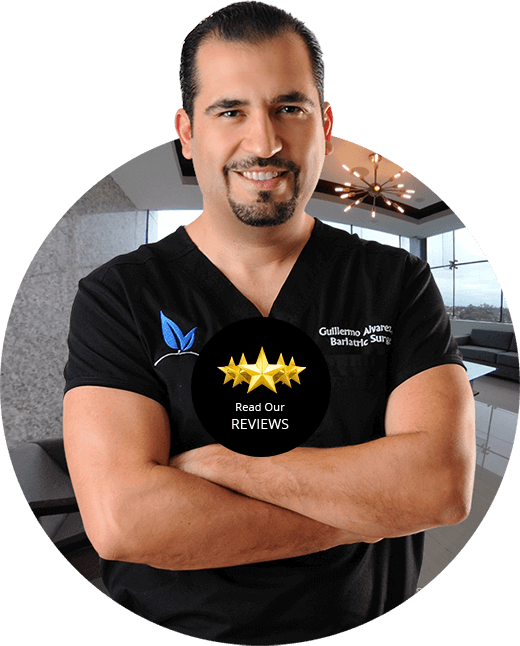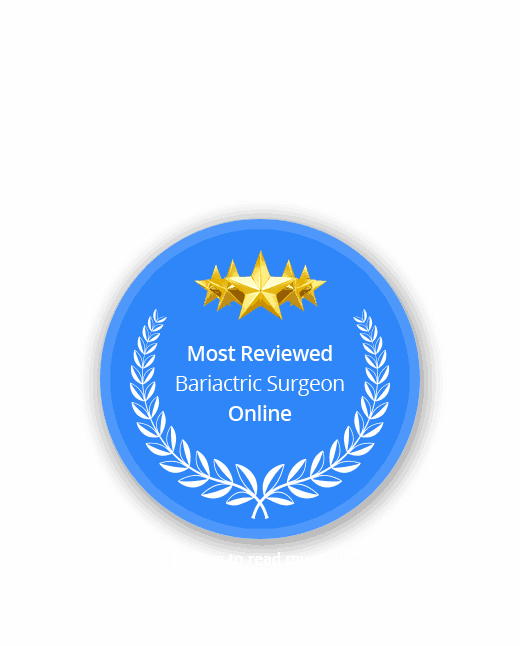I’ve talked many times before about why the gastric sleeve surgery cost at our high-tech Mexico hospital is such a bargain (hint: everything—including one of the best surgical teams in the world—costs less right across the border). But some patients worry that that life after vertical sleeve gastrectomy will be a lot more expensive than it was before. Specifically, will their food bill increase by leaps and bounds after adopting a healthy, post-VSG way of eating? The short answer is that it doesn’t have to. Here are some tips to keep more money in your pocket.
Tip #1: Know what’s in season.
Produce is a big part of a gastric sleeve diet. Greens, non-starchy vegetables like broccoli and peppers, and even some fruits should make up the bulk of your plate. Not only are these foods low in calories and carbs, but study after study shows that your body thrives on them. But a stroll down the fruit-and-veggie aisle shows that they can be surprisingly expensive. What’s a sleever to do? Learn what’s in season and plan accordingly. The U.S. is so large geographically that few things are in season at the same time all over the country, so search the web for charts that identify which crops are in season locally. Of course, the easiest way to know is to hit up a farmer’s market, but if that’s not possible, do your research before hitting the supermarket.
Tip #2: Stop wasting food.
Any food you buy and then throw out is extremely expensive. Too many people shop as an aspirational exercise, rather than based on what they’ll actually eat. If you’ve always hated asparagus, it won’t magically become your favorite vegetable this week just because you think you should be eating it. Leave it on the shelf. The truth is that there’s no one magical food that’s essential to your health. There are so many high-quality protein and produce options that there’s no need to buy stuff you don’t love. And remember that one of the best tools in eliminating food waste is your good ol’ freezer. Neighbor begging you to take as much zucchini as you want from their overflowing garden? Grab them all and freeze what you can’t use right away. That pint of blueberries about to turn fuzzy? Freeze them! Great sale on chicken breasts? You know what to do. You can toss frozen produce into healthy smoothies, and frozen protein will last for months.
Tip #3: Plan your menus.
Hitting the grocery store after work, when you’re rushed and hungry, is a recipe for grabbing whatever is easiest (ie: most expensive). Not to mention that you’ll probably be tempted to grab food that won’t help your VSG goals. Plan what you’ll eat for the coming week and then try to batch some things that appear frequently in those plans. For example: wash your greens, grill a bunch of chicken breasts, and roast a couple of heads of cauliflower. Knowing you have a plan (and hopefully some prep done) can virtually eliminate expensive last-minute buys. It also ensures you only buy the amount of food you’ll need for the week.
Tip #4: Don’t buy single-use ingredients.
Sure, you want to keep things interesting in the kitchen, but any way of eating becomes expensive when you buy high-end ingredients that you won’t use often. Instead of the fancy black vinegar listed in the recipe, can you sub in your $2 bottle of balsamic or even cider vinegar? And that fiery chicken dish will taste just as good if you swap piri piri for the cayenne or hot sauce in your pantry.
Tip #5: Eat real food.
Packaged and processed stuff adds up quickly at the cash register. For those who want or need to maximize their food dollars, making something yourself from simple, fresh ingredients is always going to be a better value. Buying pre-cooked and chopped chicken is a lot more expensive than raw chicken from the meat counter. Same with pre-peeled or -chopped produce. But it goes farther than that. Low-carb convenience meals, keto shakes and bars, and other processed foods many patients rely on can make your wallet shrink faster than your waistline. Real food not only delivers optimal results for gastric sleeve patients, but it’s available at a cost you can swallow.
I invite you to follow us on all our social networks, we are on Facebook, Instagram, Twitter and Pinterest, we also have our YouTube channel where I’m the host of the #AskDrA Show, where I (Dr. Alvarez) answer frequently asked questions that are sent to me with the Hashtag #AskDrA, subscribe to it! we talk about very interesting subjects.
If you want a more personalized experience and you have Instagram, follow me (Dr. Alvarez) to see my day both in my daily routine and in the operating room, add me! We will have a great time! My username is: gmoalvarez.
“Changing lives…one sleeve at a time”.









